This article explores the topic of whether or not it is possible to convert a contact lens prescription to a glasses prescription.
A prescription for glasses is not the same as a prescription for contact lenses. The differences in how glasses correct vision compared to contact lenses causes the numbers on the prescription for each to vary slightly (in most cases).
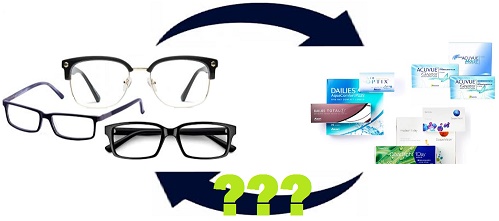
When you visit your eye doctor, the first thing he/she does is measure your glasses prescription. The numbers on your glasses prescription serve as the basis for your contact lens prescription.
In essence, your contact lens prescription is a modified version of your glasses prescription. It is modified using mathematical formulas, industry conventions, as well as a certain amount of trial and error.
The question is, once you have obtained a finalized contact lens prescription, can you then use the information found on it to elucidate an accurate prescription for glasses?
Can You Convert a Contact Lens Prescription To Glasses?
The simple answer is: no. It cannot be done.
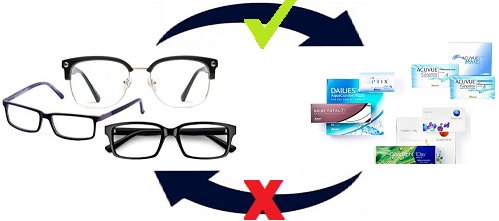
There are several reasons why this is not possible, and I will discuss them all below.
Understanding the Conversion Process is Key
The best way to understand why you cannot convert a contact lens prescription to glasses is to understand the process involved in converting a glasses prescription to contact lenses.
On this website, I have written extensively on this topic. From overall summaries to step-by-step tutorials, as well as shortcuts and tricks, I have explained the process in as much detail as you’ll find anywhere. To read up on that process, I recommend the following articles:
- Converting Your Glasses Prescription to a Contact Lens Prescription
- Converting Eyeglass Prescription To Contact Lens
- 3 Ways to Convert Your Glasses Prescription to Contact Lenses
- Contact Lens Prescription VS Glasses Prescription
- Vertex Conversion Charts for Sphere and Cylinder Combinations
- Converting a Glasses Prescription To Contact Lenses TUTORIAL – Part 1
- Converting a Glasses Prescription To Contact Lenses TUTORIAL – Part 2
- Converting a Glasses Prescription To Contact Lenses TUTORIAL – Part 3
- Converting a Glasses Prescription To Contact Lenses TUTORIAL – Part 4
If you don’t feel like reading through all of that, I’ll give a general overview below. I’ll keep it as simple as possible, but if you feel like there’s something you’re missing, you can refer to the articles above.
Problems With Converting The Sphere
The first number found on your glasses and contact lens prescription is the ‘Sphere Power’. Your prescription for glasses and contacts may contain only ‘Sphere’ power, or a combination of ‘Sphere’ and ‘Cylinder’ power with an ‘Axis’ (you cannot have ‘Axis’ without ‘Cylinder’ and vice versa).
Let’s examine both scenarios separately.
A Contact Lens Prescription With ‘Sphere’ But No ‘Cylinder’
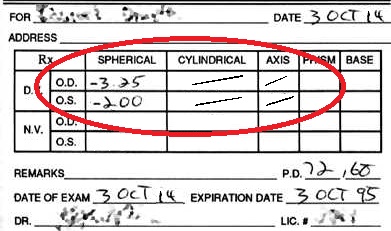
In some instances where the Sphere is the only power in the prescription (i.e., there is no Cylinder or Axis) it would actually be possible to convert a contact lens prescription to glasses.
To go from a contact lens prescription to glasses, the sphere power is put through a mathematical equation called the Back Vertex Formula. This formula looks like this:
Fc=F/(1-xF)
Theoretically, this formula works both ways, meaning that you can use it to go from glasses to contacts, as well as from contacts to glasses.
However, in reality, attempting to use it to go from contacts to glasses can easily lead you into error because it assumes that there is no cylinder in the original glasses prescription, which is not necessarily the case.
The problem arises because of this:
Just because there is no Cylinder on a contact lens prescription, it does not mean there is no Cylinder in a glasses prescription.
There are two possible ‘Cylinder’ power values that can be present in your glasses prescription which will never make it a contact lens prescription. They are:
- Cyl = -0.25
- Cyl = -0.50
If your prescription for glasses contains either -0.25 or -0.50, the ‘Cylinder’ will appear as blank (no Cylinder) on your contact lens prescription. Sometimes, depending on the person, even a ‘Cylinder’ of -0.75 on glasses prescription can be completely removed from a contact lens prescription.
Example 1.
Let’s take this prescription for glasses:
| Sphere | Cylinder | Axis |
| -1.00 | None | None |
The resulting contact lens prescription would most likely be:
| Sphere | Cylinder | Axis |
| -1.00 | None | None |
In this example, both would be the same.
Example 2.
Now let’s look at this prescription for glasses:
| Sphere | Cylinder | Axis |
| -1.00 | -0.25 | 001 |
Even though this prescription for glasses is different than the one above, it would result in the exact same prescription for contact lenses (most likely):
| Sphere | Cylinder | Axis |
| -1.00 | None | None |
So if your starting point is this contact lens prescription…
| Sphere | Cylinder | Axis |
| -1.00 | None | None |
… and you have no prior knowledge of your glasses prescription, there is absolutely no information that tells us whether or not a -0.25 ‘Cylinder’ was present in the original glasses prescription.
Example 3.
Now consider this prescription for glasses:
| Sphere | Cylinder | Axis |
| -0.75 | -0.50 | 001 |
When a -0.50 ‘Cylinder’ is present in a glasses prescription, it is typically not carried over to the contact lens prescription. This is because the smallest ‘Cylinder’ that contact lenses are available in is -0.75.
But instead of just making it disappear completely from the prescription like we did with the -0.25 ‘Cylinder’, the -0.50 ‘Cylinder’ is removed by adding ‘-0.25’ to the ‘Sphere’.
Thus, the contact lens equivalent of the glasses prescription in Example 3. would likely be:
| Sphere | Cylinder | Axis |
| -1.00 | None | None |
Are you starting to see how many different glasses prescriptions can lead to the exact same contact lens prescription?
Furthermore, if there were a -0.25 or -0.50 ‘Cylinder’ in the glasses prescription, we would have no idea what the ‘Axis’ should be.
Since the ‘Axis’ can be any number between 001 and 180, it means that this simple contact lens prescription…
| Sphere | Cylinder | Axis |
| -1.00 | None | None |
… could have come from any one of these glasses prescriptions:
| Sphere | Cylinder | Axis |
| -1.00 | None | None |
| Sphere | Cylinder | Axis |
| -1.00 | -0.25 | 1,2, 3, 4 … 180 |
| Sphere | Cylinder | Axis |
| -0.75 | -0.50 | 1,2, 3, 4 … 180 |
That’s a total of 361 different possible glasses prescription combinations for 1 single contact lens prescription. And this is just the simplest case. It only gets more complex from here.
A Contact Lens Prescription With ‘Sphere’ AND ‘Cylinder’
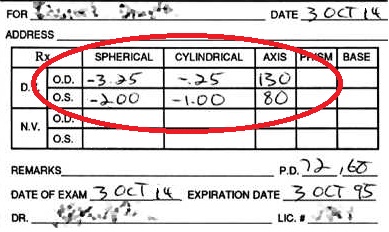
If a contact lens prescription has ‘Cylinder’ power in it, the glasses prescription must also have ‘Cylinder’ power in it.
The problem is:
The ‘Cylinder’ power of a glasses prescription is the same as the ‘Cylinder’ power of a contact lens prescription in less than 50% of cases.
Cylinder of contact lenses
There are only a very limited number of ‘Cylinder’ values available for contact lenses. Typically they are -0.75, -1.25, -1.75, and -2.25 (-2.75 is available for most monthly brands).

Cylinder of glasses
Glasses can be made with any ‘Cylinder’ number in -0.25 intervals i.e., -0.25, -0.50, -0.75, -1.00, -1.25, -1.50, -1.75, -2.00, -2.25, etc

This means that for any ‘Cylinder’ power found on a contact lens prescription, it could have come from at least 2 different ‘Cylinder’ powers on the glasses prescription PLUS all of the different ‘Axis’ variations (1 to 180).
Example 4.
This contact lens prescription…
| Sphere | Cylinder | Axis |
| -1.00 | -1.25 | 090 |
… could have come from any of these glasses prescriptions:
| Sphere | Cylinder | Axis |
| -1.00 | -1.25 | 085, 086, 087, 088, 089, 090, 091, 092, 093, 094, 095 |
OR
| Sphere | Cylinder | Axis |
| -1.00 | -1.50 | 085, 086, 087, 088, 089, 090, 091, 092, 093, 094, 095 |
A single contact lens prescription that contains both ‘Sphere’ and ‘Cylinder’ power could have equally come from 22 different glasses prescriptions, and that is assuming that your eye doctor did not need to make any additional adjustments.
Problems With Converting The Axis
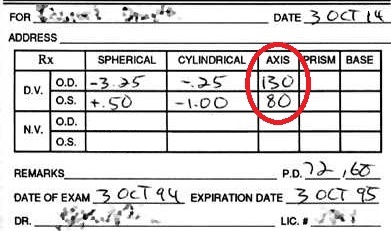
Converting the ‘Axis’ on a contact lens prescription to glasses is problematic for a few reasons.
1. The ‘Axis’ is rounded to the nearest 10 for contacts.
The ‘Axis’ on a glasses prescription can be any number between 1 and 180 i.e., 1,2,3,4,5,6,7,8,9,10,11, etc
The ‘Axis’ on a contact lens prescription can only be a multiple of 10 i.e., 10, 20, 30, 40, 50, 60, 70 etc.
That means that some information is lost when going from a glasses prescription to a contact lens prescription. This makes it impossible to convert back.
2. The ‘Axis’ is often adjusted by eye doctors to compensate for a rotated lens.
When you are being fitted with a toric contact lens by an eye doctor, he/she will typically start with the closest ‘Axis’ to the one on your glasses prescription. When the fit of these lenses is examined on your eyes, the eye doctor may decide to add or subtract to the ‘Axis’ if he/she finds that the contact lens is not sitting in the correct position on your eye.
This may be difficult to understand if you’ve never been taught how to fit contact lenses, so hopefully, this next example will help.
Example 5.
Let us consider this glasses prescription:
| Sphere | Cylinder | Axis |
| -1.00 | -1.25 | 033 |
Firstly, the ‘Axis’ must be rounded to the nearest 10, in the case, 30.
| Sphere | Cylinder | Axis |
| -1.00 | -1.25 | 030 |
However, when the eye doctor looks at this lens on a person’s eye, he/she sees that it is constantly rotated by 10 degrees counterclockwise. He/she will compensate for that by subtracting 10 degrees to the ‘Axis’, resulting in:
| Sphere | Cylinder | Axis |
| -1.00 | -1.25 | 020 |
Unless you were specifically informed about these kinds of adjustments by your eye doctor, there’s no way for you know what was or was not done by your eye doctor to arrive at your final contact lens prescription.
Further confusing matters is the fact that certain axis adjustments may be needed for one brand which would not be needed for a different brand.
Summary
It would be much simpler if both glasses and contact lens prescriptions were exactly the same and could be used interchangeably. Unfortunately, that is not the case.
Although they both use ‘Sphere’, ‘Cylinder’, and ‘Axis’, there are many steps involved in converting and adjusting the numbers from one to the other.
Once the numbers are converted from glasses to contact lenses, there is no way of knowing for certain what the original numbers were unless you have a written record of it. That is why the only way to recover the numbers on your glasses prescription is to contact your eye doctor’s office.
I hope this article was informative. I know I covered some pretty challenging topics so if you have any questions about it, feel free to ask!


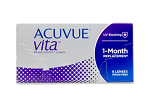

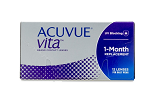

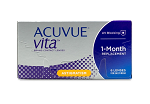
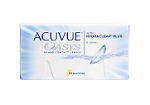
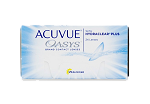
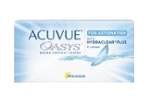

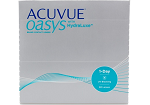


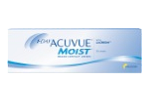
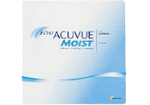

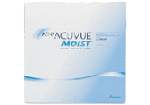
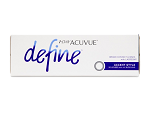
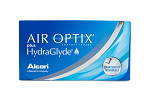
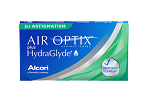

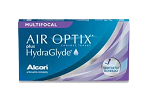
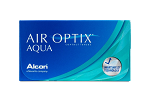
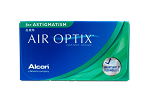
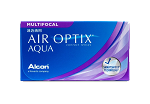

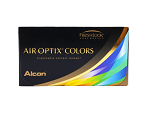

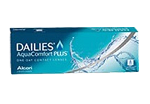




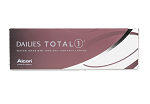

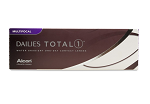


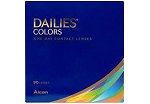

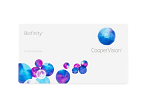
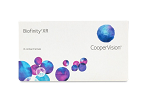
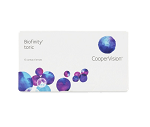
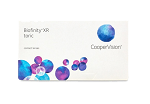


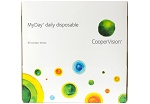
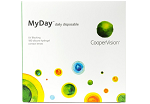
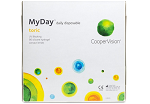

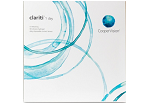
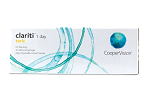
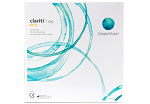
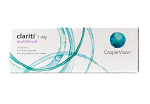
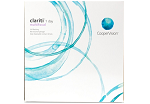
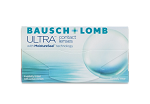

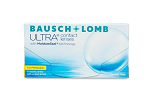
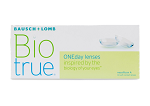
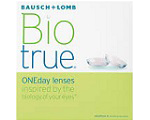

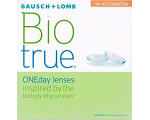
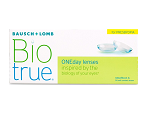


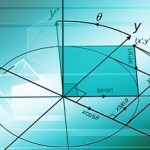

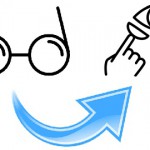
3 Responses
Tina
Hey, thanks for the article. If I was fitted for contacts, does that mean that they also have my glasses prescription? Do they always go the round first figuring out the glasses and then converting to contacts? Thank you for answering :)
Julie
Hi there Tina. Did you only pay for a contact lens fitting or a complete eye exam? In my experience, I would say that in most (99%) of cases, a prescription for glasses is determined before a prescription for contact lenses. Hope that answers your question :)
DISCLAIMER
This information is provided as an information resource only (i.e., this is not medical advice) and is not to be used or relied on for any diagnostic or treatment purposes. This information does not create any patient-doctor relationship, and should not be used as a substitute for professional diagnosis and treatment.
Lt. X
That is a very interesting article, thank you for the information. I have a very strong feeling that your brain was very tired and in a lot of pain, after studying/researching all of the information you gathered. Which rewarded you compensatorily with some interesting knowledge, probably a heck of a lot, enough any way that you were able to ‘clearly’ explain some of the reasons that this transposition is not possible. To put this article together, must’ve taken a significant amount of your time and effort. Although the article was easy for me to understand, I feel as though I had gained some insight as well the personality of the author whom I have never met. I want to say (in this very long comment), your commitment, discipline, courage, curiosity and passion are astonishing to me. People who possess these qualities, are attractive to me in a most respectable sense. I am amazed by your efforts of seeking this knowledge, and the amount of time I imagine it took you to do so. To compile enough of these facts so you could teach and help others to easily comprehend and understand the reasons, why this seemingly complex information though under guise of simplicity is not possible. I assume it took merely a fraction of time for you to write this article comparative to your studies on the subject, couple hours to write? Again I assume, or maybe you were finished with the article in minutes even. You are an amazing person, and I believe you deserve some much earned recognition, two years later of course (lol). I guess it’s safe to say that these conversions are as well not transposeable between an eyeglass Rx or contact Rx and the formula for prescription undergarments then (haha). Sorry, my inner child is surfacing, so I will end this here. Thank you again, have a great day!